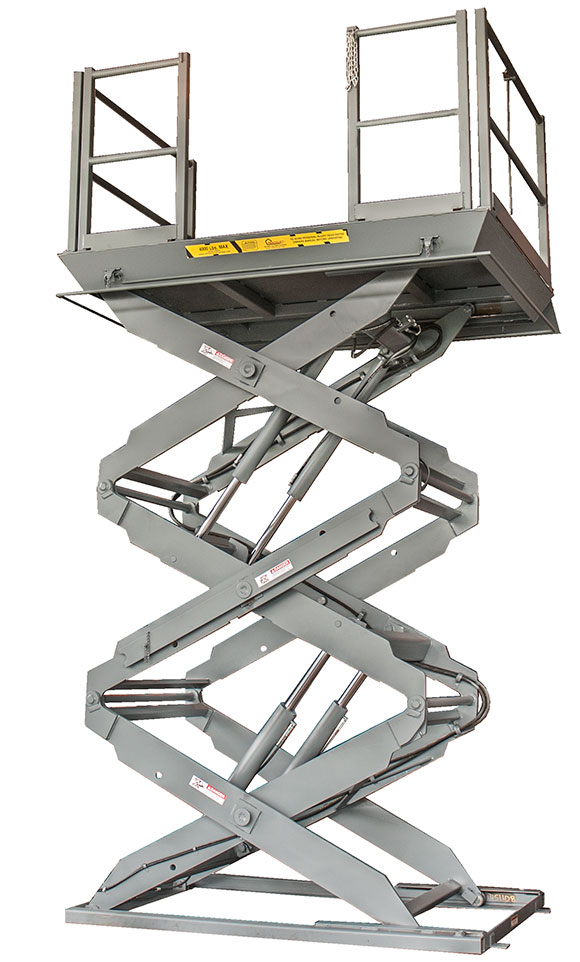Common Mistakes to Avoid When Using Scissor Lift Platforms
Scissor lift platforms are invaluable tools in various industries, providing a safer and more efficient way to access elevated workspaces. However, despite their widespread use, there are common mistakes that operators often make when using scissor lift platforms. These errors can lead to accidents, injuries, and damage to equipment. In this article, we’ll explore some of these common mistakes and offer insights on how to avoid them.
1. Lack of Proper Training
One of the most significant mistakes operators make is not undergoing comprehensive training before using scissor lift platforms. Operating this equipment requires specific skills and knowledge of safety protocols. Without proper training, operators may struggle to handle the controls, leading to accidents.
Tip: Always ensure that operators receive thorough training on the safe operation of scissor lift platforms. Training should cover equipment inspection, emergency procedures, and proper use of fall protection gear.
2. Ignoring Manufacturer Guidelines
Manufacturers provide detailed guidelines and specifications for each scissor lift platform model. Ignoring or neglecting these guidelines is a common mistake that can result in equipment malfunction or failure. This oversight can compromise the safety of both the operator and others in the vicinity.
Tip: Always read and adhere to the manufacturer’s guidelines for your specific scissor lift platform. This includes weight limits, maximum platform height, and any other operational recommendations.
3. Overloading the Platform
Overloading is a prevalent mistake that can lead to catastrophic consequences. Exceeding the weight capacity of a scissor lift platform puts undue stress on the equipment, increasing the risk of collapse or malfunction. This mistake often occurs when operators do not account for the combined weight of tools, materials, and personnel.
Tip: Be aware of the weight capacity of the scissor lift platform and ensure that it is never exceeded. Consider the total weight, including tools and materials, when planning your work on the platform.
4. Neglecting Regular Maintenance
Like any machinery, scissor lift platforms require regular maintenance to ensure optimal performance and longevity. Neglecting routine inspections and maintenance checks is a common mistake that can result in unexpected breakdowns, leading to project delays and increased repair costs.
Tip: Implement a regular maintenance schedule, including daily inspections and periodic servicing. Check for loose bolts, hydraulic leaks, and any signs of wear and tear. Address issues promptly to keep the equipment in top condition.
5. Failing to Conduct Pre-Operation Inspections
Operators should perform pre-operation inspections to identify potential issues before using a scissor lift platform. Skipping this crucial step is a common mistake that can lead to accidents caused by malfunctioning parts or faulty equipment.
Tip: Prioritize pre-operation inspections to ensure that the scissor lift platform is in good working condition. Check controls, hydraulics, and safety features to catch any problems before they escalate.
Conclusion
Scissor lift platforms are essential tools for working at heights, but their safe use requires attention to detail and adherence to best practices. By avoiding common mistakes such as inadequate training, ignoring manufacturer guidelines, overloading, neglecting maintenance, and skipping pre-operation inspections, operators can ensure a safer and more efficient work environment. Always prioritize safety and follow established protocols to maximize the benefits of scissor lift platforms while minimizing the risks associated with their operation.
